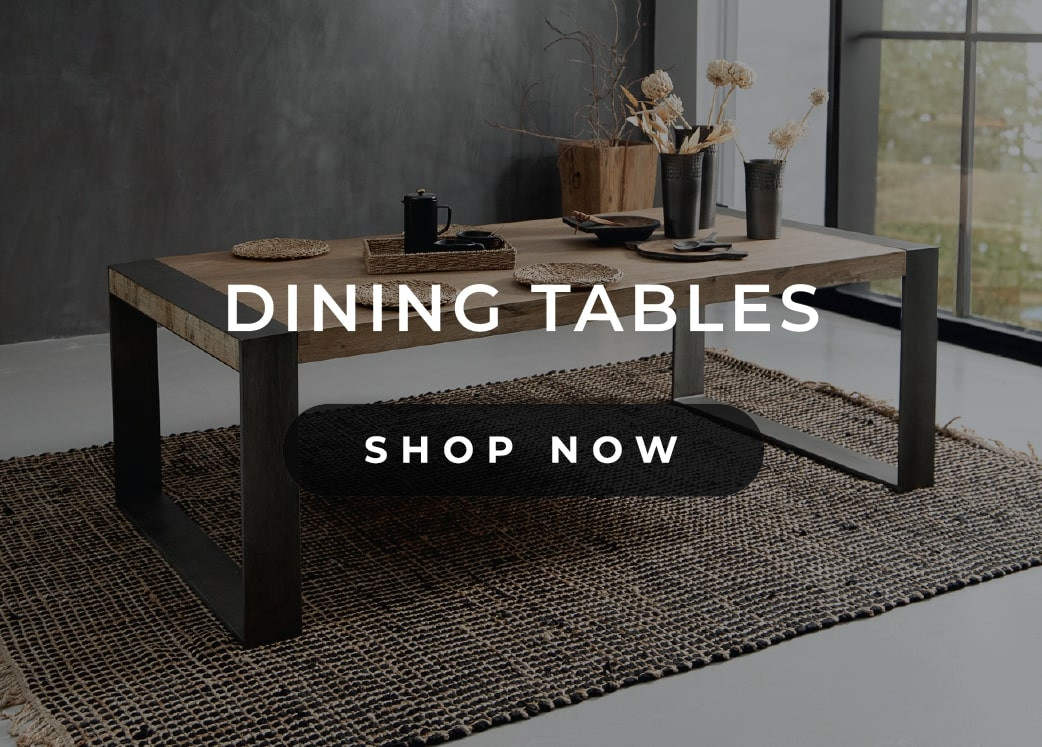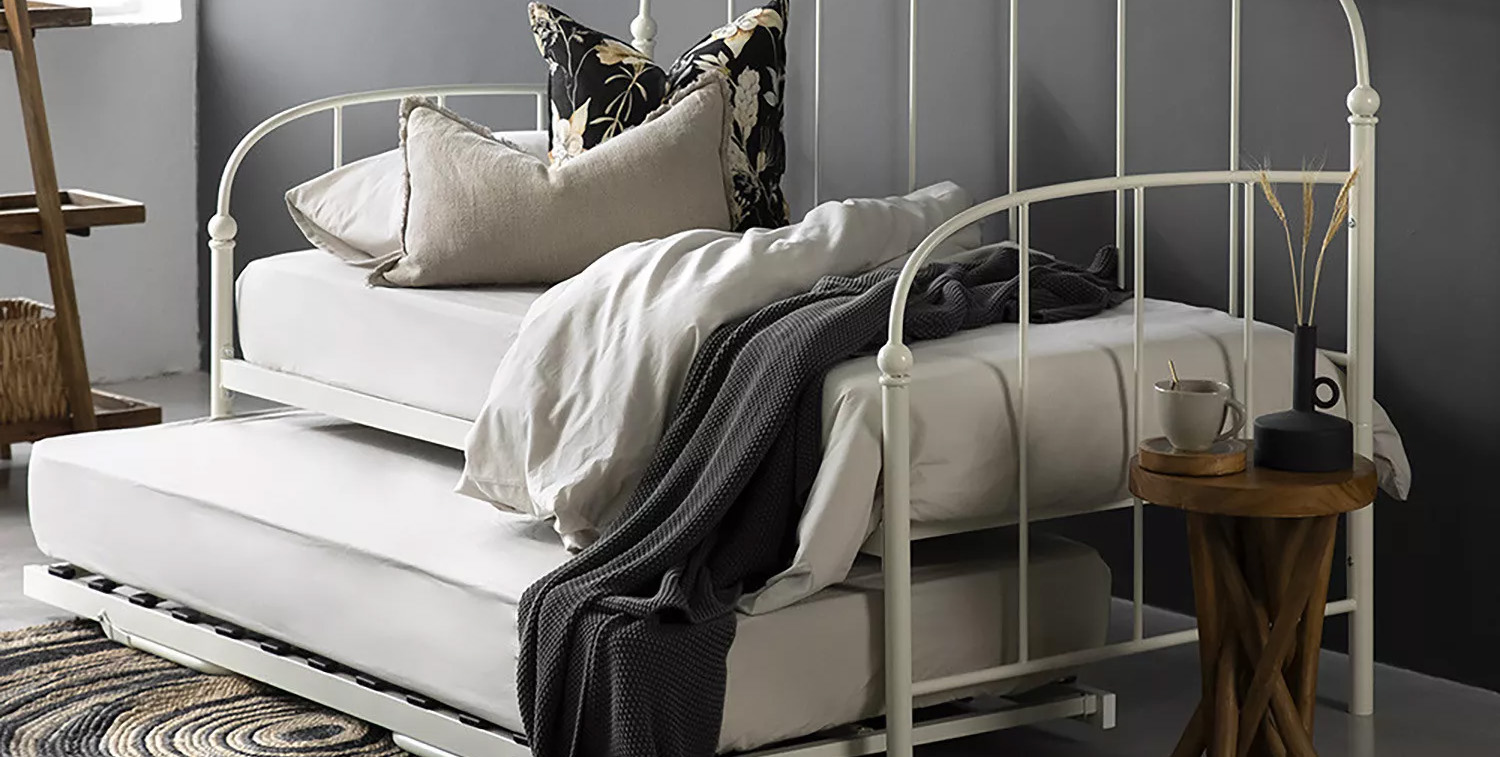Menu
-
MenuBack
-
Chairs
-
-
Dining Chairs
-
-
-
Lounge Chairs
-
-
-
Office Chairs
-
-
-
-
-
Sofas
-
-
-
Sofa Collections
-
All Sofas
-
-
-
-
-
-
Living Room
-
-
Lounge Furniture
-
-
-
-
-
-
-
Dining Room
-
-
Dining Chairs
-
Dining Furniture
-
-
-
Cookware
-
-
-
-
-
-
Bedroom
-
-
-
Headboards
-
Storage
-
-
-
-
-
-
Cookware
-
-
cookware
...
-
-
-
Cookware
-
-
-
Office
-
-
Office Furniture
...
-
-
-
Office Furniture
-
-
-
-
Explore
-
-
-
-
Category Pages
-
-
-
-
-
Menu
-
MenuBack
-
Chairs
-
-
Dining Chairs
-
-
-
Lounge Chairs
-
-
-
Office Chairs
-
-
-
-
-
Sofas
-
-
-
Sofa Collections
-
All Sofas
-
-
-
-
-
-
Living Room
-
-
Lounge Furniture
-
-
-
-
-
-
-
Dining Room
-
-
Dining Chairs
-
Dining Furniture
-
-
-
Cookware
-
-
-
-
-
-
Bedroom
-
-
-
Headboards
-
Storage
-
-
-
-
-
-
Cookware
-
-
cookware
...
-
-
-
Cookware
-
-
-
Office
-
-
Office Furniture
...
-
-
-
Office Furniture
-
-
-
-
Explore
-
-
-
-
Category Pages
-
-
-
-
-
0
Cart
/
Empty
Your cart
There are no more items in your cart























